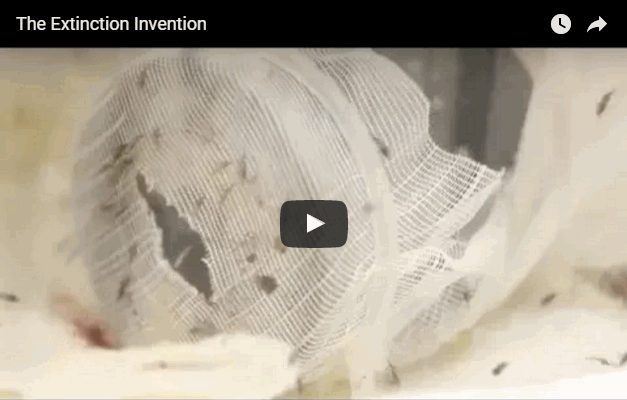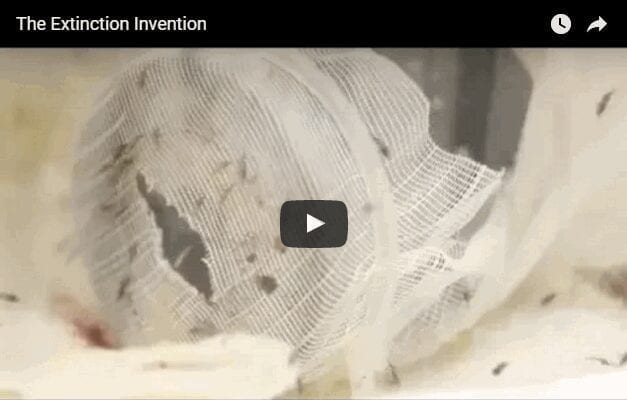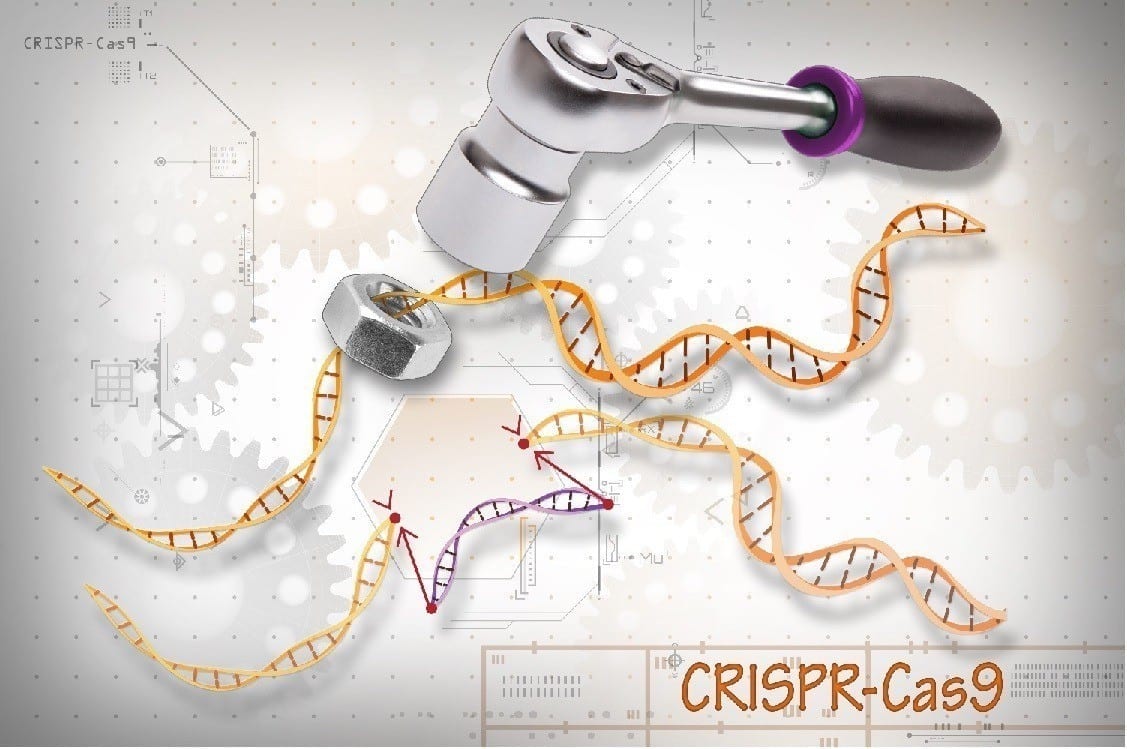
Here’s a question that occurs only to madmen and geneticists: How do you get a gene that kills an organism to spread through a whole population of that organism?
You can either make your gene deadly, and thus impossible to pass on, or not, and thus useless as a vector of attack. The solution has long been to try “silent” genes that can spread with no negative effects, either introducing a deadly weakness to a man-made chemical we withhold for a while, or by waiting for deadly activation by such a chemical. But recently, with the advent of advanced new in vivo gene editing technology, it’s become possible to make genes that seem to defy evolution — and that means we could soon start releasing animals carrying doomsday genes that spread with astonishing speed, quickly killing entire populations.
Such an animal is currently sitting in a laboratory at Imperial College London, an apocalypse mosquito carrying a gene that could one day end its entire species. It represents a controversial proposal to end the scourge of malaria, which kills hundreds of thousands of people each and every year, by wiping out the mosquitoes that spread the disease. It also represents a fundamentally new ability for humanity: the power to easily and selectively snuff out a subcategory of life on Earth. The name for this power is called gene drive.
Gene drive is simply the use of some strategy to artificially increase a gene’s inheritance rate. Such strategies are found all over nature, but despite decades of theorizing, nobody had a really viable way for mankind to harness this functionality through biotechnology. That’s changed thanks to the incredible advances in direct gene editing we’ve seen over the past half-decade, in particular the CRISPR/Cas9 gene editing suite.
These “molecular scissors” are actually borrowed from viruses, allowing scientists to swap out a gene in a living organism for one of their choice, edit it right into the genome so it will be passed on as the cells reproduce. If you can get your gene spliced into the “germ cells,” the pre-sperm or -egg cells of these organisms, then you can even introduce a chance that it will be passed on to the next generation — classically, without gene drive, you can introduce a 50% chance.
The chance is 50% because germ cells, like virtually all other cell types in humans and mosquitoes, have two copies of our genome. When we splice in our attack gene, it will end up sitting across from a second, totally normal copy of the gene it just replaced. This means that when the two copies get pulled apart to form the half-genomes of two new, separate sperm cells, only one of those new sperm cells will have our spliced-in sequence. The other will carry the same gene it would have, regardless.
So, if our spliced-in gene lowers evolutionary fitness, then all that will happen is the other half of the offspring will thrive, and the infected individuals will be quickly bred out of the population. And even if it’s a seemingly harmless silent gene that does nothing at first, it will still spread too slowly to change the overall population much at all.
Our mosquito doomsday device gets around these problems by applying two innovations.
Learn more: ‘Gene drive’ breakthrough creates weaponized mosquito extinction strain
The Latest on: Gene drive
[google_news title=”” keyword=”gene drive” num_posts=”10″ blurb_length=”0″ show_thumb=”left”]
via Google News
The Latest on: Gene drive
- OSU researchers pioneer technique for delivering gene therapy to specific brain areason April 30, 2024 at 2:00 am
Researchers say the procedure holds promise for a host of genetic neurological disorders, including Parkinson's, Alzheimer's, multiple system atrophy (ASA) and more.
- Indian Canyon Drive, Gene Autry Trail reopen in Palm Springson April 29, 2024 at 10:28 am
Police announced the closure of North Gene Autry Trail from Vista Chino to East Via Escuela just after 8:15 p.m. Sunday. Meanwhile, Indian Canyon Drive at the wash was closed much of last week because ...
- Generative AI arrives in the gene editing world of CRISPRon April 29, 2024 at 6:00 am
Much like ChatGPT generates poetry, a new AI system devises blueprints for microscopic mechanisms that can edit your DNA.
- Ocugen Announces OCU400—Modifier Gene Therapy—Phase 1/2 Data Presentation at Retinal Cell and Gene Therapy Innovation Summit 2024on April 29, 2024 at 5:45 am
The OCU400 Phase 3 liMeliGhT clinical trial is currently underway and on track to meet the Company’s 2026 BLA and MAA approval targets. Between the U.S. and EU, nearly 300,000 people are affected by ...
- 24 years ago, an officer was dispatched to an abandoned baby. Decades later, he finally learned that baby's surprising identity.on April 26, 2024 at 5:49 pm
For more than two decades, retired Lt. Gene Eyster wondered what became of that boy he found abandoned in a cardboard box in an apartment hallway.
- AI deciphers new gene regulatory code in plants and makes accurate predictions for newly sequenced genomeson April 26, 2024 at 9:05 am
Genome sequencing technology provides thousands of new plant genomes annually. In agriculture, researchers merge this genomic information with observational data (measuring various plant traits) to ...
- A key gene helps explain how the ability to glide has emerged over-and-over during marsupial evolutionon April 24, 2024 at 8:00 am
People say "When pigs fly" to describe the impossible. But even if most mammals are landlubbers, the ability to glide or fly has evolved again and again during mammalian evolution, in species ranging ...
- CDB mum on Dr Gene Leon’s ‘immediate effect’ resignationon April 23, 2024 at 4:21 pm
BRIDGETOWN, Barbados (CMC) — The Caribbean Development Bank (CDB) Tuesday remained mum on the resignation of its president, Dr Hyginus ‘Gene’ Leon, who has also threatened to file a lawsuit against ...
- New Film Highlights Complexity of Governing Gene Drive Mosquitoes to Combat Malariaon April 21, 2024 at 11:22 pm
A radical new biotechnology could eliminate the mosquitoes that cause malaria, but in Uganda – where malaria is the leading cause of death – a lack of information and debate is undermining public ...
- Gene Autry, Indian Canyon Drive reopened at the wash after closures due to windon April 20, 2024 at 3:43 pm
Palm Springs Police did not offer an estimated reopening times for the busy thoroughfares that were closed overnight.
via Bing News











